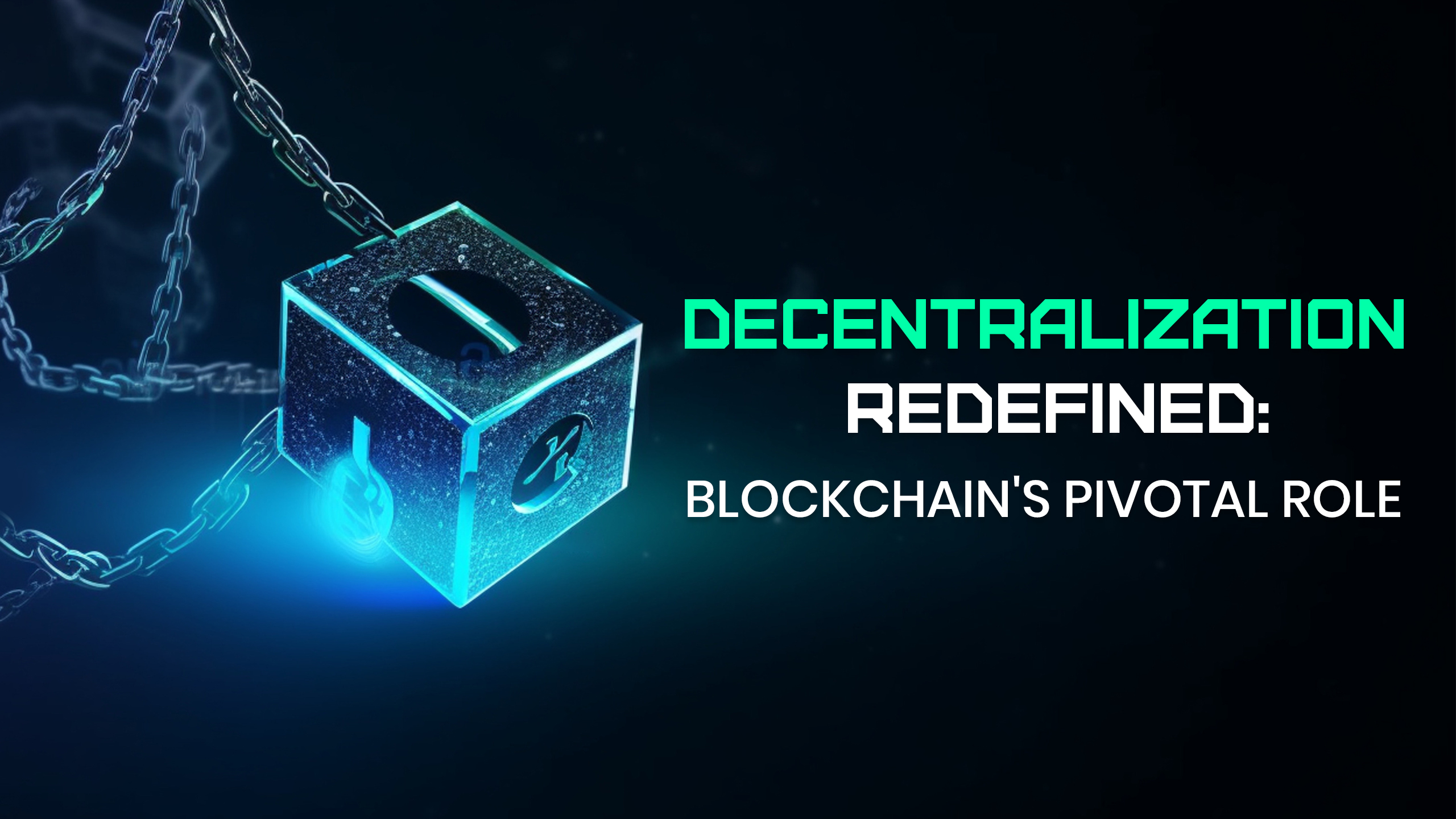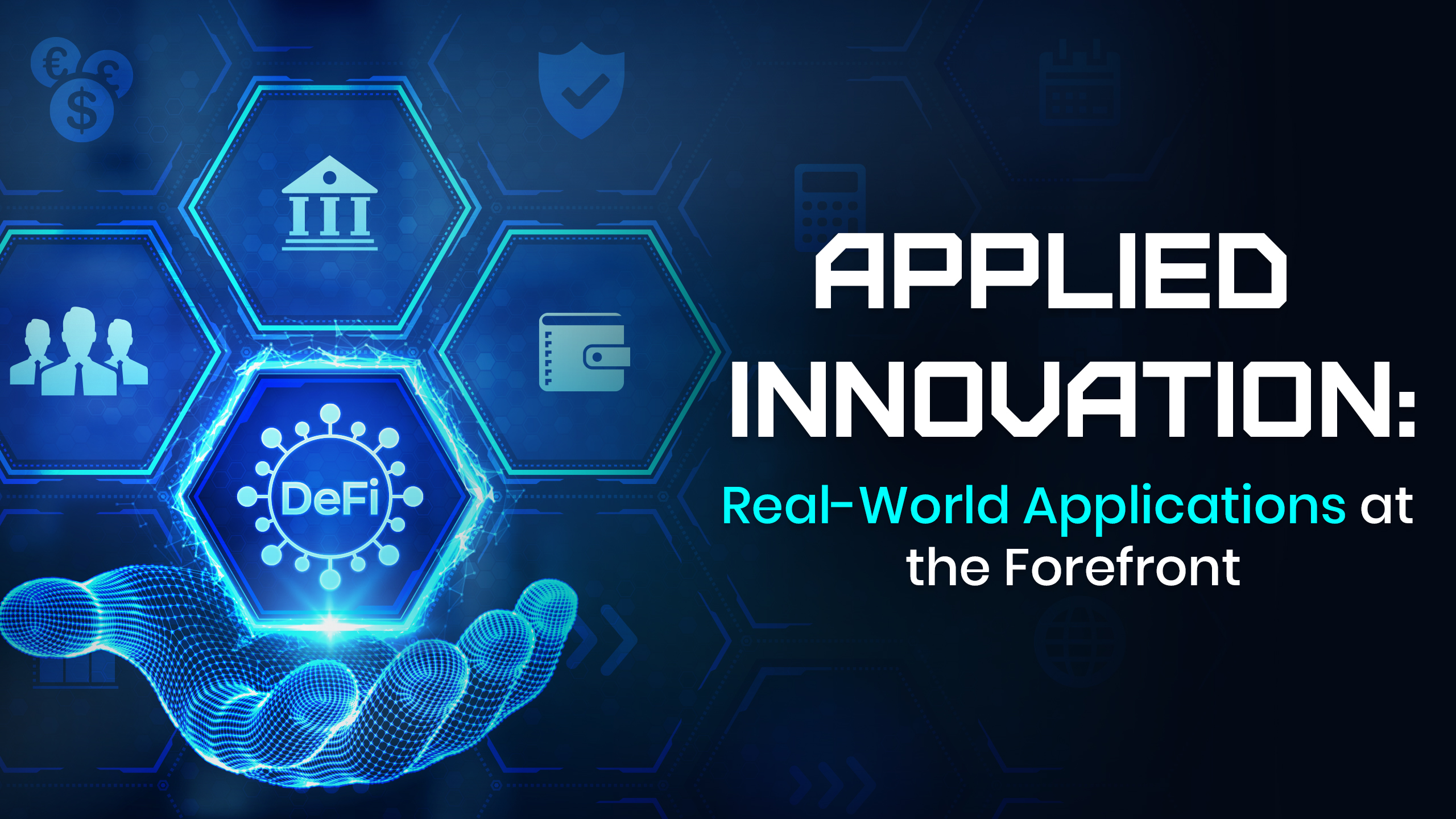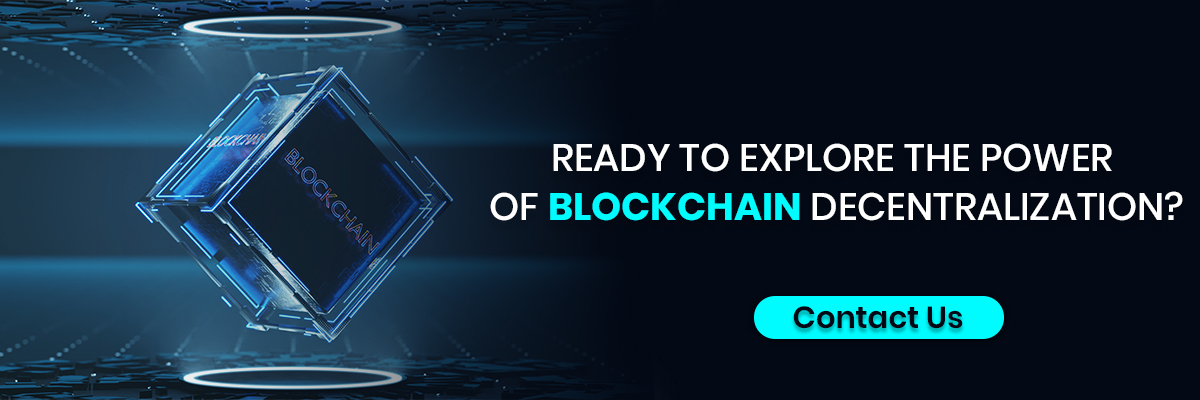Definition of Blockchain Decentralization
Blockchain decentralization refers to the fundamental principle underlying blockchain technology, where control, validation, and decision-making are distributed across a network of participants rather than being concentrated in a central authority. In the context of blockchain, this concept is pivotal to the design and functionality of the system.
Key Elements of Blockchain Decentralization:
- Distributed Ledger: Blockchain operates as a distributed ledger, where each participant (node) maintains a copy of the entire ledger. This distribution ensures that no single entity has exclusive control over the data.
- Consensus Mechanism: Decentralization in blockchain is maintained through consensus mechanisms, wherein participants agree on the validity of transactions. Common consensus algorithms include Proof of Work (PoW) and Proof of Stake (PoS).
- Immutable Record: Once a block of transactions is added to the blockchain, it becomes immutable, meaning it cannot be altered or tampered with. This immutability is a result of the decentralized nature of the network.
Significance of Blockchain Decentralization:
- Enhanced Security: By distributing data across multiple nodes, blockchain becomes more resistant to attacks. Compromising a single node does not jeopardize the integrity of the entire system.
- Transparency and Trust: Every participant in the blockchain network has access to the same information, fostering transparency. Trust is established through the decentralized validation of transactions.
- Elimination of Intermediaries: Blockchain decentralization reduces reliance on intermediaries, enabling direct peer-to-peer transactions without the need for a central authority.
Decentralization in Traditional Systems
Centralized vs. Decentralized
Centralized Systems:
In traditional centralized systems, a single entity or authority holds control over the entire network and its data. This centralization often manifests in a hierarchical structure, where decisions are made at the top and disseminated downward. Examples include traditional banking systems, where a central bank governs monetary transactions, and social media platforms, where a central company manages user data.
Characteristics of Centralized Systems:
- Single Point of Control
- Hierarchical Decision-Making
- Vulnerability to Single Points of Failure
Decentralized Systems:
Decentralized systems, on the other hand, distribute control and decision-making across a network of participants. In a decentralized model, no single entity has absolute control, and decisions are often made through consensus mechanisms involving multiple nodes. Blockchain technology exemplifies this approach, as it operates on a decentralized peer-to-peer network.
Characteristics of Decentralized Systems:
- Distributed Control
- Consensus Decision-Making
- Resilience to Single Points of Failure
Challenges with Centralization
- Single Point of Failure: Centralized systems are vulnerable to disruptions and failures. If the central authority experiences a technical glitch, cyberattack, or any other issue, the entire system may be compromised.
- Lack of Transparency: Centralized systems may lack transparency, as the decision-making processes and actions of the central authority are not always readily visible to the participants.
- Potential for Exploitation: The concentration of power in a central entity opens the door to potential misuse or exploitation, as decisions may be influenced by a narrow set of interests.
Advantages of Decentralization
- Enhanced Security: Decentralized systems are more resilient to attacks, as compromising one node does not jeopardize the entire network.
- Transparency and Accountability: Decentralization promotes transparency by allowing all participants to view and verify transactions. This fosters trust and accountability within the system.
- Reduced Dependence on Intermediaries: Without a central intermediary, transactions in decentralized systems can occur directly between parties, reducing the need for intermediaries and associated fees.

Blockchain’s Role in Decentralization
How Blockchain Achieves Decentralization
Blockchain achieves decentralization through a combination of innovative technologies and consensus mechanisms. Here’s a breakdown of the key elements:
- Distributed Ledger Technology (DLT): The foundation of blockchain decentralization lies in its use of distributed ledger technology. This entails a shared and synchronized digital ledger spread across multiple nodes in the network. Each participant holds an identical copy of the ledger, ensuring that no single entity controls the entire record.
- Consensus Algorithms: To validate transactions and maintain the integrity of the ledger, blockchain employs consensus algorithms. These algorithms enable nodes to agree on the state of the blockchain, ensuring that all copies of the ledger are in sync. Notable consensus mechanisms include Proof of Work (PoW), Proof of Stake (PoS), and Delegated Proof of Stake (DPoS).
- Cryptographic Hash Functions: Blockchain utilizes cryptographic hash functions to link blocks in a secure and unchangeable manner. Each block contains a hash of the previous block, creating a chain that is resistant to tampering. This ensures the immutability of the data within the blockchain.
Examples of Decentralized Blockchain Networks
- Bitcoin: As the pioneering cryptocurrency, Bitcoin operates on a decentralized blockchain network. Participants, known as miners, contribute computational power to validate transactions and secure the network. Bitcoin’s decentralized nature ensures that no single entity has control over the issuance or validation of transactions.
- Ethereum: Ethereum extends decentralization beyond currency transactions by introducing smart contracts. Smart contracts are self-executing contracts with the terms of the agreement directly written into code. Ethereum’s decentralized platform enables the development of decentralized applications (DApps) with a wide range of use cases.
- Decentralized Finance (DeFi): The DeFi space leverages blockchain to create decentralized financial systems. Smart contracts on platforms like Aave, Compound, and Uniswap enable users to borrow, lend, and trade assets without relying on traditional financial intermediaries.
Benefits of Decentralization
Security and Immutability
- Resilience to Attacks: Decentralization enhances the security of blockchain networks. Unlike centralized systems vulnerable to single points of failure, blockchain’s distributed nature makes it resilient to attacks. Even if a node is compromised, the overall network remains secure.
- Immutable Record: Once a block is added to the blockchain, the information becomes immutable. The use of cryptographic hash functions ensures that altering historical transactions is practically impossible. This immutability builds trust and integrity within the system.
Transparency and Trust
- Open and Transparent Transactions: Blockchain enables transparent and open transactions. Every participant in the network has access to the same information, and the entire transaction history is visible and verifiable. This transparency fosters trust among participants.
- Decentralized Validation: Transactions in blockchain are validated through a decentralized consensus mechanism. This eliminates the need for a central authority to verify transactions, reducing the risk of fraud or manipulation.
Elimination of Intermediaries
- Direct Peer-to-Peer Transactions: Decentralization reduces dependence on intermediaries. Participants can engage in direct peer-to-peer transactions, cutting down on processing times and associated costs.
- Financial Inclusion: By eliminating the need for traditional financial intermediaries, blockchain promotes financial inclusion. Individuals without access to traditional banking services can participate in the global economy through decentralized finance (DeFi) platforms.

Real-World Applications
The decentralized nature of blockchain technology has paved the way for innovative applications across various industries. Here are notable real-world examples showcasing the versatility of blockchain decentralization:
Decentralized Finance (DeFi)
- Lending and Borrowing Platforms: Platforms like Aave and Compound leverage smart contracts to enable decentralized lending and borrowing. Users can lend their assets to earn interest or borrow without the need for traditional financial intermediaries.
- Decentralized Exchanges (DEXs): Uniswap and SushiSwap are decentralized exchanges where users can trade cryptocurrencies directly from their wallets. This eliminates the need for a central exchange, providing greater control to users.
Supply Chain Management
- Transparent and traceable supply chains: Blockchain facilitates transparent and traceable supply chains. Each step in the supply chain, from manufacturing to distribution, can be recorded on the blockchain, ensuring authenticity and reducing the risk of fraud.
- Provenance Tracking: Consumers can trace the origin and journey of products using blockchain. This is particularly valuable in industries such as food and luxury goods, where authenticity and provenance are critical.
Voting Systems
- Secure and Transparent Elections: Blockchain can enhance the security and transparency of voting systems. Each vote is recorded on the blockchain, providing an immutable and auditable record. This mitigates the risk of fraud and ensures the integrity of elections.
- Decentralized Autonomous Organizations (DAOs): DAOs utilize blockchain to create decentralized decision-making structures. Participants can vote on proposals, and the outcomes are executed through smart contracts, eliminating the need for centralized governance.
Conclusion
As we navigate this dynamic landscape, it’s crucial to recognize the ongoing evolution of blockchain decentralization. The balance between innovation and addressing challenges will shape how this technology continues to redefine the way we interact, transact, and collaborate.
In closing, blockchain decentralization stands as a beacon of innovation, offering a decentralized future where trust, transparency, and inclusivity are at the forefront.
FAQs
1. What is blockchain decentralization?
Blockchain decentralization refers to the distribution of control and decision-making across a network, enhancing security, transparency, and trust.
2. How does blockchain achieve decentralization?
Blockchain achieves decentralization through Distributed Ledger Technology, Consensus Algorithms, and Cryptographic Hash Functions.
3. What are the benefits of blockchain decentralization?
The benefits include enhanced security, transparency, trust, and the elimination of intermediaries, fostering a paradigm shift in various industries.
4. Are there challenges associated with blockchain decentralization?
Yes, challenges include scalability issues, energy consumption concerns, regulatory hurdles, and considerations related to privacy.
5. What are the future trends in blockchain decentralization?
Future trends include interoperability, scalability solutions, impact on industries like healthcare and real estate, and the continued evolution of decentralized finance (DeFi).
 +91 95109 87700
+91 95109 87700 +44 20 3290 3710
+44 20 3290 3710




